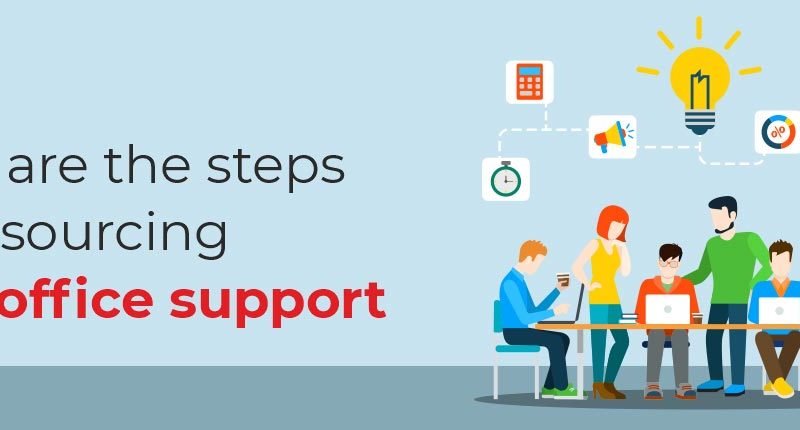How to Create Successful Digital Products

Building a product that really solves one or more user problems and that also has a remarkable experience is a job that has a strategic and a tactical side.
To cross this path successfully, it is necessary to address the following steps:
- MVP or Minimum Viable Product
- Roadmap or execution plan
- Iterations
- Quick feedback
- Continuous improvement
- Without these processes, tools and components, it is very difficult for the product to be executed in a timely manner and, fundamentally, to meet market expectations.
Minimum Viable Product
The MVP is the portion of the product that has the minimum amount of functionality to solve a user problem , either to launch a new service or product on the market, or to improve the experience of an existing service or solution.
If the value proposition or the need to be satisfied is not well identified, it will be very difficult to define an MVP with the functionalities that are really necessary. They must be designed and focused on delivering value to customers.
Although the idea of launching a product and obtaining negative feedback is not pleasant , it serves the team as an input for continuous improvement, since this information is taken into account to provide feedback on the product and the processes that shaped it. It is super important not to remain stopped on what was wrong or whose fault it was, but on how that information is capitalized to benefit the evolution of the product.
The idea is to be able to differentiate which functionalities are important and which are not. It should be as simple a question as: How often are you going to use this functionality? When defining the MVP, this question should always be present.
Following the Pareto rule, 20% of the functionalities should satisfy 80% of the customer’s needs, the challenge is always to find the correct 20%.
The answer to this search is generally in the users of the product, as well as its evolution, with which beyond building a product that addresses and adds value to the market requirements, we must do it with quality to be able to transform it easily throughout weather.
The definition of the MVP, plus an implementation strategy, will give meaning to the roadmap and a clear objective for the team. Putting together a roadmap will be based on three elements:
- Value proposition (which should be defined with the MVP)
- Functionalities
- Weather
Roadmap
It is a strategic guide that determines how to carry out the construction and launch of a product . A well done roadmap should give dates well in advance and help to plan other areas of the business.
The MVP and the roadmap have to coexist in an associative way, that one needs the other; and that if one changes, the other also. This symbiosis is based on:
The value proposition, which prioritizes and gives meaning to the functionalities; and the time in which this construction is framed.
But don’t worry, everything that does not fall within that time frame does not mean that it is outside the product, but that it will be done in the next versions of the product, or in its evolutionary process.
Iterations
When we build a solution that will respond to customer or market needs, and fundamentally when these are not entirely clear, in general we need to validate that we are developing the correct product. For this, it is necessary to build small portions of the product in short and repeatable times – iterations or sprint in scrum context -, and to validate that what is developed delivers the expected value.
Most of the time the plans do not turn out exactly as they were conceived at the beginning of a project, and it needs to be iterated several times depending on what happened in the journey, what the team, the client and the methodology are like. With more knowledge and preparation these iterations should be less and less significant . The important thing is to always keep in mind the deadline and the value proposition.
To cover this, you must have a margin in the roadmap defined for unforeseen events or contingency times. It can be adding a little extra to the estimates or generating a time between some functionalities.
Quick feedback
Early-stage feedback from real users is essential to validate value delivery development. On the other hand, if it is not good, it enables us to quickly correct at a very low cost.
Getting feedback from real users early in the project will help you avoid wasting time with definition errors and get straight to the point. Whether a project works or not depends solely on the user’s decision. The sooner we give the user a voice, the sooner we will be able to build the product they are willing to use.
Continuous improvement
It is about the improvement of products, services and processes in order to correct errors and reinforce successes.
Its main engine is the introspection of the teams after an iteration. At that moment, processes, techniques, tools and the result of the same are put into question, that is, a portion of the value delivered. The output of that introspection are concrete actionable in pursuit of an improvement in the face of the next iterations
For improvement processes, a team made up of collaborators from different areas of the company and with different hierarchical ranks is generally chosen to have different points of view. This working group is in charge of analyzing the products within the company and identifying strengths and weaknesses. Once this is done, the solutions are proposed and the necessary actions are carried out to implement them.
Continuous improvement must be one of the basic pillars of an organization, an obligation and a goal. The search and the desire to continue improving is the only way to achieve the highest quality and excellence. It is the first step to achieve total quality.
As we can see, several components are needed to plan successfully and control some variables that should make a difference. These variables are: team, client or stakeholders and methodology.
How could all the tasks be solved quickly and efficiently
- The team that was put together to execute the product is strategic, experienced, and neat.
- The client or the stakeholders accompany the roadmap, the definitions and the value proposition. And, of course, if the product and its MVP are very well thought out and envisioned.
- The methodology to execute the plan is aligned with the deadlines , the capacity and way of working of the team and the type of intermediate deliverables that are sought.
Putting together a digital product is an exciting challenge that has so many nuances that it is difficult to have a formula or secrets that work every time and for all. Much has to do with experience and vision, other things have to do with the product.
That is why at SysOne we have formed a multidisciplinary team that allows us to analyze insurance from all its perspectives. Together, we bring technology, product design, and actuarial capabilities to every aspect of our work. We work every day to be the ideal partner for companies seeking to transform themselves digitally.






